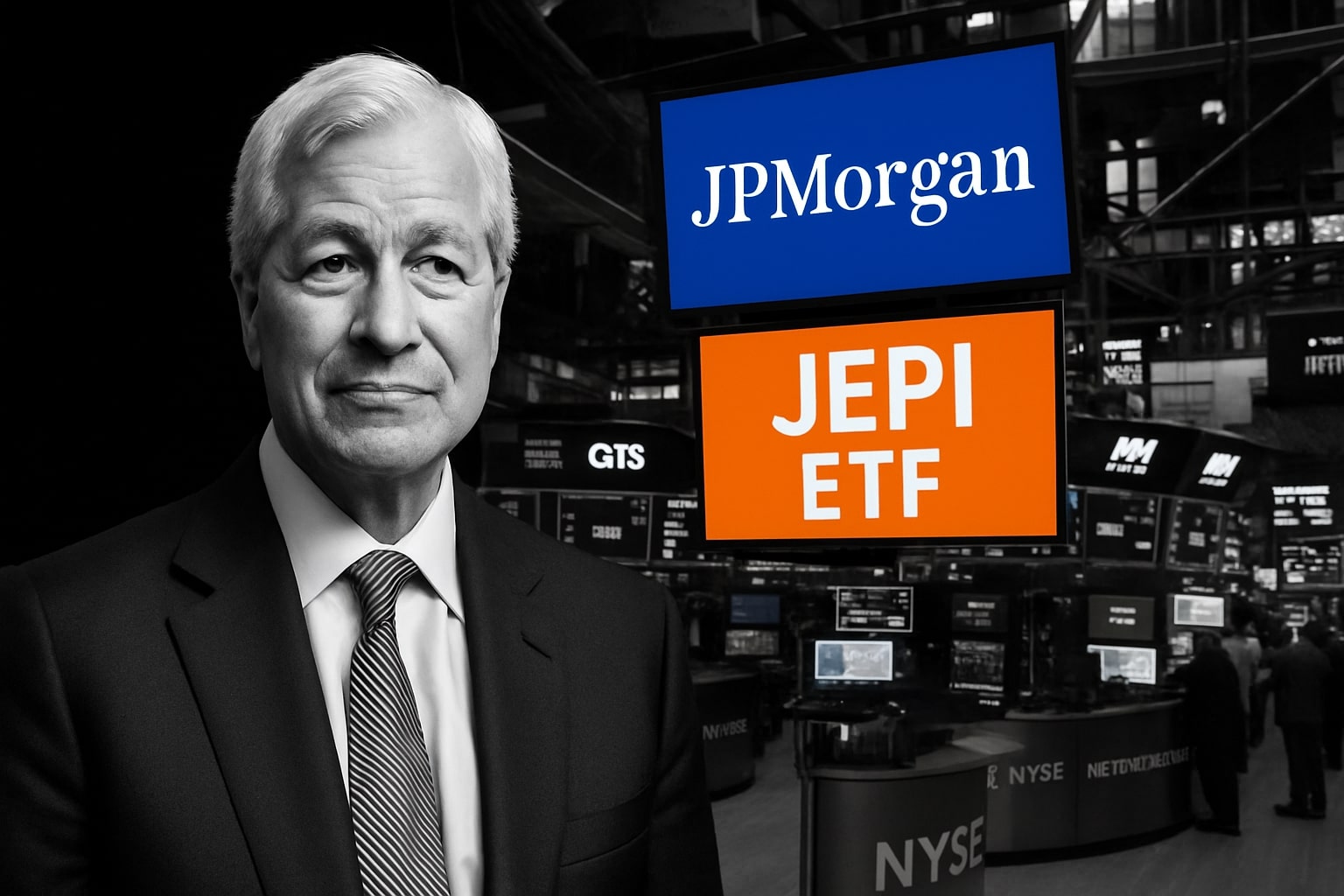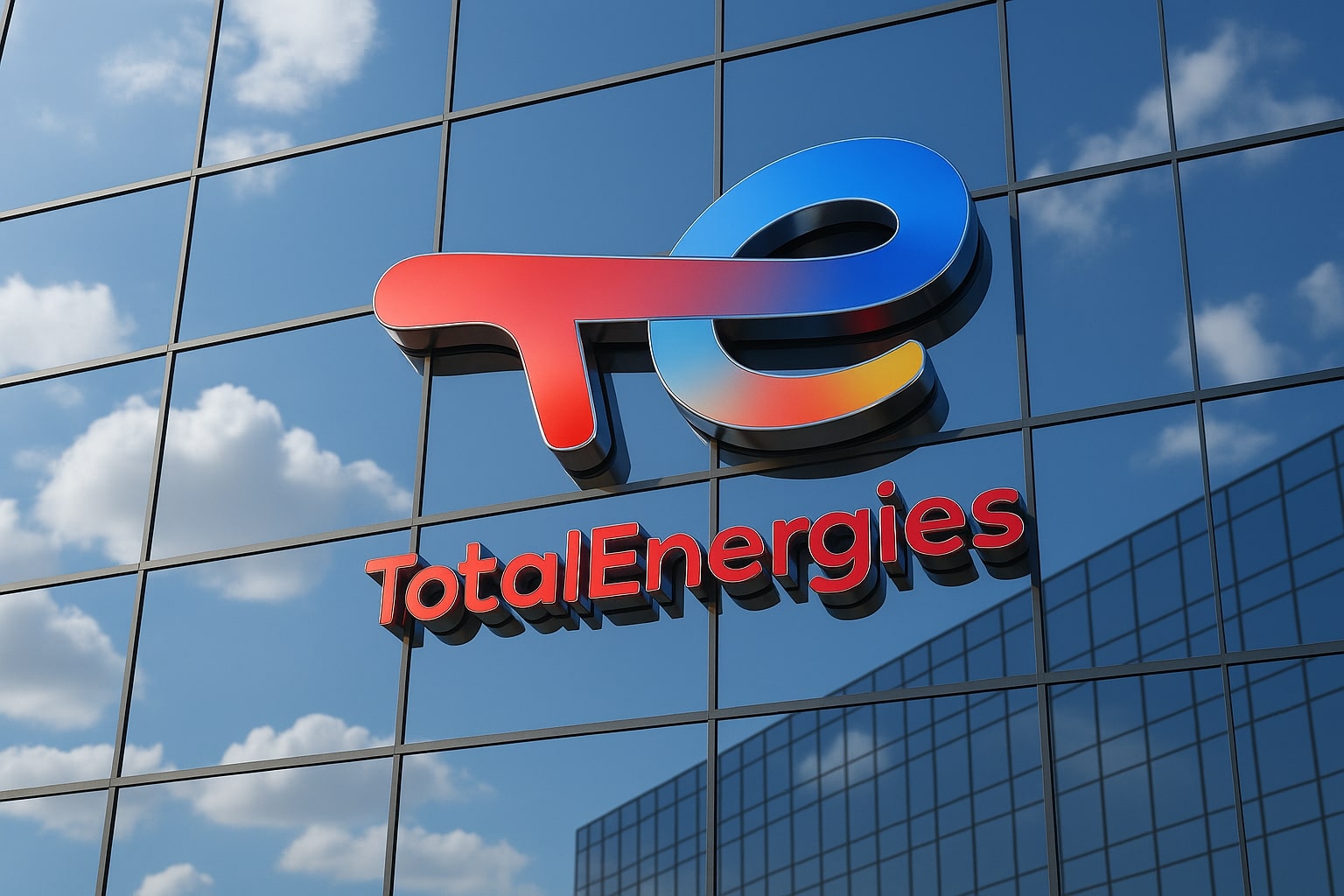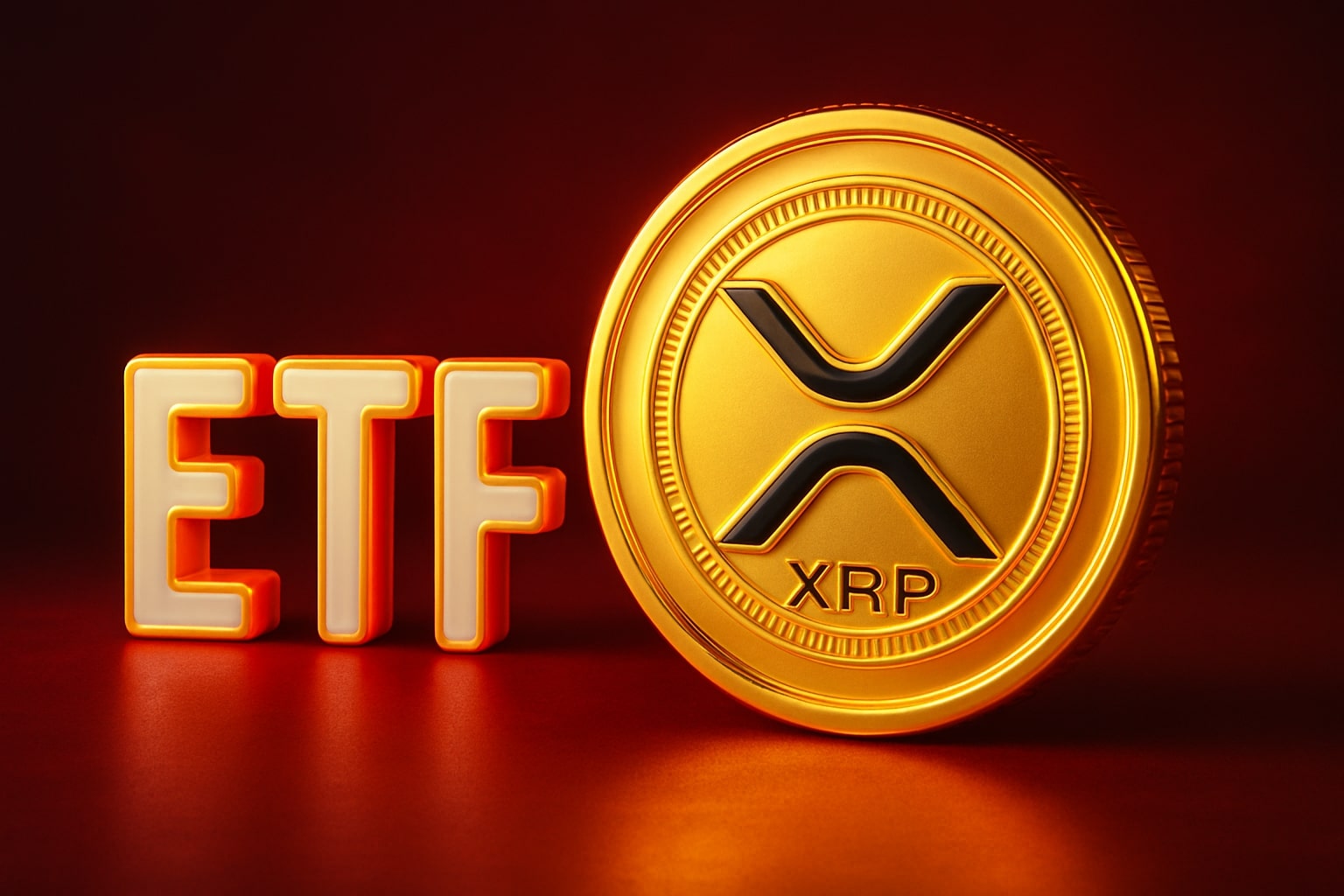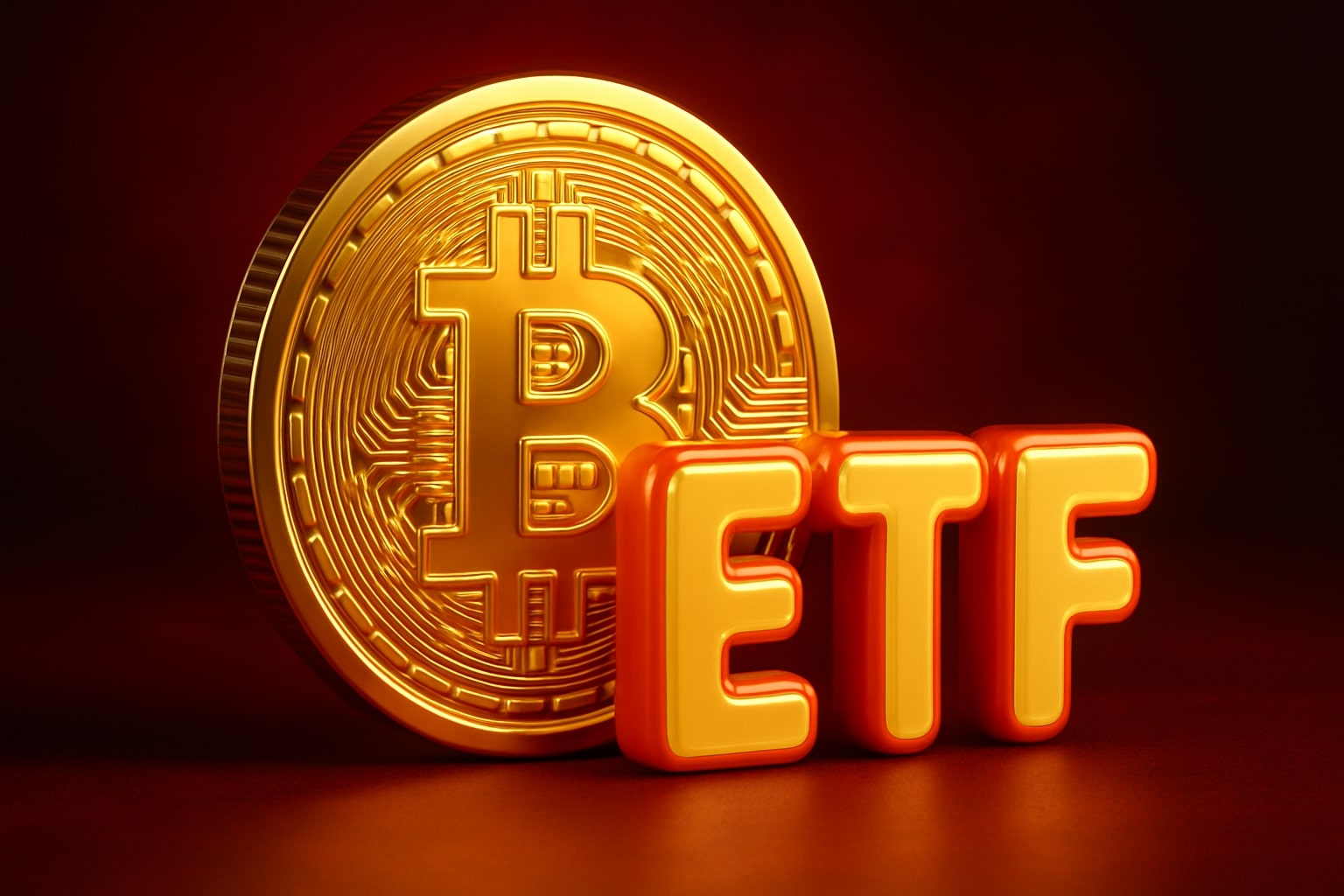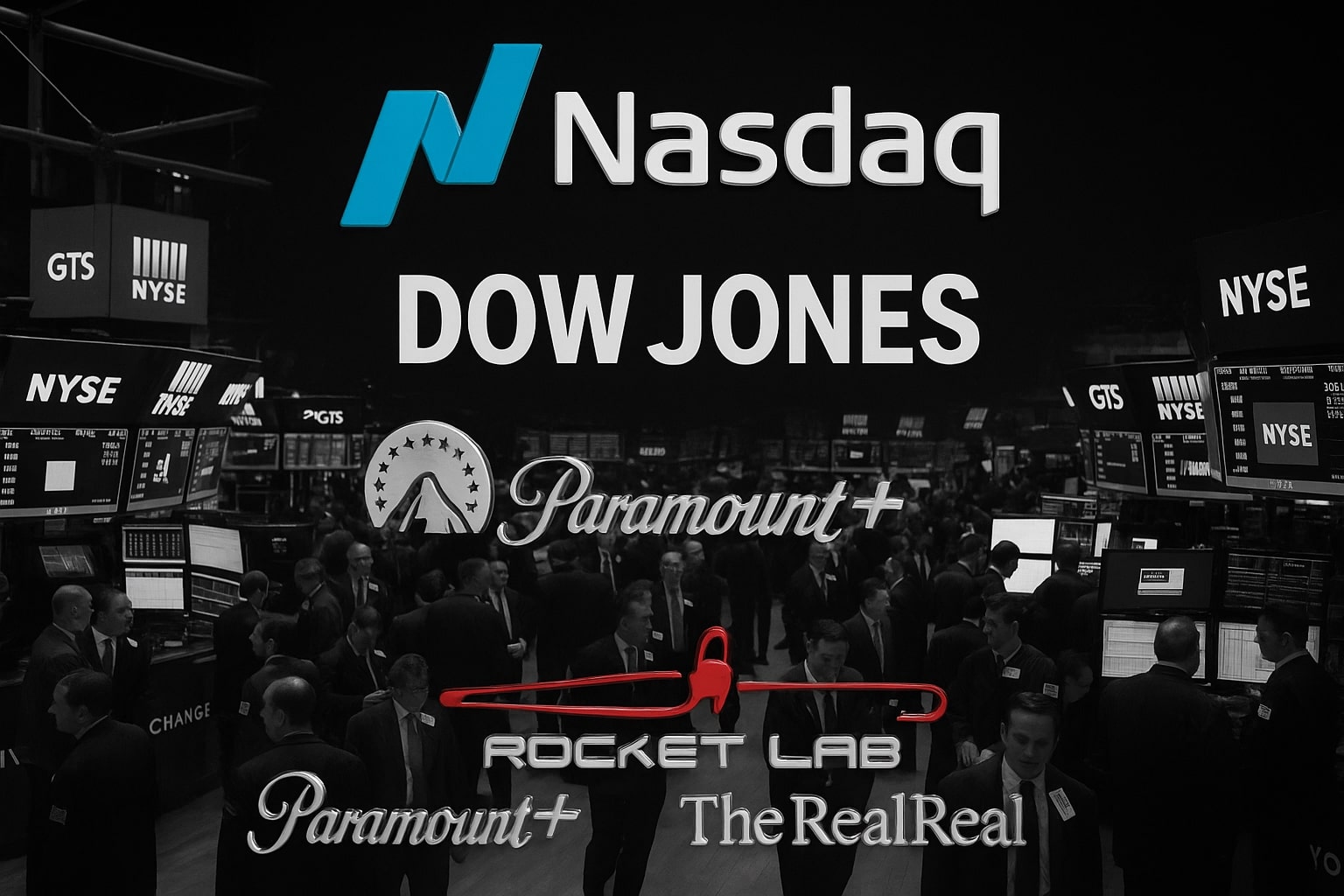
Stock Market Today - Dow Climbs 302 Points as Tech Slides, Nasdaq Falls — Nvidia and CoreWeave Drop, Gold Holds Above $4,100
The S&P 500 dipped 0.3% to 6,820, while the Nasdaq fell on heavy AI stock losses. SoftBank’s $5.8B Nvidia sale fueled profit-taking, Rocket Lab (RKLB) and Paramount (PARA) beat earnings | That's TradingNEWS
Stock Market Today: Tech Reversal Pulls Nasdaq Lower While Dow Surges on Value Rotation
U.S. equities traded unevenly on Tuesday as investors confronted a weakening labor backdrop and growing skepticism surrounding the once-unbreakable AI trade. The S&P 500 (SPX) dropped 0.3% to 6,820.11, retreating after Monday’s 2% surge, while the Nasdaq Composite (COMP) slid 0.72% to 23,358.73. The Dow Jones Industrial Average (DJIA) diverged sharply, gaining 0.64% or +302 points to 47,671.14, supported by defensive and energy-heavy constituents like Chevron (CVX), IBM (IBM), and McDonald’s (MCD).
The tone across trading desks was notably more restrained. After a euphoric Monday rally driven by hopes of a government reopening, investors reassessed valuations, inflation expectations, and liquidity conditions. The Russell 2000 (RUT) lost 0.24%, reflecting softness in small caps, while the Cboe Volatility Index (VIX) edged up to 17.73, suggesting modest hedging demand.
Bond markets remained closed for the Veterans Day holiday, keeping Treasury yields stable near 4.12% on the U.S. 10-Year (TMBUMUSD10Y). The U.S. Dollar Index (DXY) slipped to 99.38 (-0.21%), while commodities diverged—gold (GC00) hovered at $4,119.50, silver (SI00) ticked up to $50.59, and crude oil (CL=F) advanced to $61.05 (+1.53%) on rotation into the energy space.
Macro Picture: Shutdown Deal Sparks Relief but Data Weakness Shadows Gains
The Senate’s overnight passage of a bill to end the record-long government shutdown marked a turning point in political risk sentiment. The legislation—passed 60-40—funds the government through January 2026, restores pay to federal workers, and reverses temporary layoffs. The vote now moves to the House, with final approval expected by midweek.
While markets initially celebrated, attention quickly shifted to the macro drag caused by the five-week halt in government functions. Economists estimate delayed data could distort the next two months of readings, while agencies like the Bureau of Labor Statistics rush to process backlogged reports.
Meanwhile, ADP’s private payrolls survey revealed that employers cut an average of 11,250 jobs per week through October 25, contradicting earlier readings showing growth. Goldman Sachs projects October nonfarm payrolls will show a 50,000 decline, compounded by 100,000 temporary job losses tied to deferred federal resignations. The combination of labor softness and data uncertainty has reignited debate on whether the Federal Reserve can justify further rate hikes at its December 9-10 meeting.
AI Trade Under Pressure: Nvidia, CoreWeave, Micron, and Palantir Slide
The once unstoppable AI sector faced its sharpest correction since September, as high valuations and cautious outlooks collided. CoreWeave (NASDAQ: CRWV) sank 14% to $92.22 after warning that data-center supply bottlenecks would restrict 2025 growth. Quarterly revenue surged 134% y/y to $1.37 billion, yet guidance between $5.05 – $5.15 billion trailed the $5.29 billion analysts expected.
Nvidia (NASDAQ: NVDA) fell 3.6% to $191.82 following confirmation that SoftBank (OTC: SFTBY) had sold its entire $5.83 billion stake in October. The sale, meant to bolster SoftBank’s balance sheet ahead of fresh investment into OpenAI, sparked fears that institutional holders could begin locking in gains from AI’s two-year melt-up.
Micron Technology (NASDAQ: MU) and Oracle (NYSE: ORCL) each declined about 4%, while Palantir Technologies (NYSE: PLTR) shed 3%, underscoring sector-wide de-risking. The Technology Select Sector SPDR Fund (XLK) lost nearly 1%, illustrating broad retreat across semiconductors and cloud computing. Analysts warned that stretched multiples—NVDA still trades above 35x forward earnings—leave little margin for error should AI revenue growth normalize.
SoftBank’s Strategic Shift and the Ripple Effect Across Tech Markets
SoftBank’s divestment of Nvidia shares marks one of its largest liquidations since the firm’s exit from T-Mobile (US: TMUS) earlier this quarter for $9.17 billion. The move highlights Masayoshi Son’s reorientation toward liquidity and AI ecosystem control through OpenAI exposure. SoftBank’s CFO Yoshimitsu Goto emphasized during earnings that asset monetization remains central to sustaining “funding flexibility.”
The decision sent a signal through global markets. In Tokyo, SoftBank (9984.JP) rose 2%, benefiting from profit-taking perceptions. However, the sale’s timing—following NVDA’s 5.8% rally on Monday—reinforced that major stakeholders are treating AI profits as cyclical rather than structural. The unwinding has fueled chatter about a maturing AI trade where capital efficiency and supply-chain execution will begin to replace pure hype as value drivers.
Magnificent Seven: Apple Leads, Tesla Lags, Microsoft Softens
Within the market’s dominant tech cohort, leadership splintered. Apple (NASDAQ: AAPL) advanced 1.02% to $272.19, boosted by strong iPhone 16 Pro demand and expanding services growth, particularly in iCloud and Apple TV+. Analysts view AAPL’s pricing power and cash reserves—nearly $166 billion—as defensive moats in an uncertain macro environment.
Tesla (NASDAQ: TSLA), by contrast, slid 2.3% to $238.60 after the China Passenger Car Association reported October sales of 26,000 units, the lowest since 2022. Domestic market share erosion offset gains in exports from its Shanghai Gigafactory. Despite an 8% YTD gain, Tesla continues to trail the broader S&P 500, reflecting investor fatigue amid a complex EV demand cycle.
Microsoft (NASDAQ: MSFT) fell 0.44% to $503.79, extending a week-long drift after cautious commentary on Azure growth. Alphabet (GOOGL) lost 0.5%, while Meta Platforms (META) edged 0.6% lower. Amazon (AMZN) declined slightly 0.22% to $247.85, though it remains in a technical buy zone above its $238.85 breakout. Collectively, the Roundhill Magnificent Seven ETF (MAGS) shed 1.11% to $66.72, marking its third decline in five sessions.
Earnings Spotlight: Rocket Lab, Paramount Skydance, and The RealReal Deliver
Earnings season brought standout moves beyond mega-cap tech. Rocket Lab (NASDAQ: RKLB) soared 4.65% to $54.32 after posting quarterly revenue of $155 million, beating expectations of $152 million, and narrowing its loss to $0.03 per share versus $0.10 estimated. The firm raised Q4 guidance to $170–$180 million, driving a continuation of its extraordinary 162% six-month rally and 111% YTD gain as investors bet on its expanding launch manifest.
Paramount Skydance (NASDAQ: PARA) rose 5.7% after committing to $1 billion in new cost cuts and price hikes for Paramount+ in 2026. Analysts viewed the move as pivotal for cash-flow stabilization following August’s merger.
The RealReal (NASDAQ: REAL) jumped 18% to $2.48 after raising full-year revenue guidance to $687–$690 million, up from $667–$674 million. Sales grew 17% y/y, confirming sustained luxury resale momentum amid shifting consumer preferences toward secondary-market goods.
Sector Rotation: Energy and Industrials Regain Leadership
Energy and industrial stocks outperformed as investors rotated away from overvalued growth. The S&P 500 Energy Sector Index climbed 1.59%, while the Energy Select Sector SPDR ETF (XLE) added 1.61% to $91.81. Exxon Mobil (NYSE: XOM) rose 1.81% to $120.36, and Chevron (CVX) gained 0.81% to $156.91, supported by crude’s rebound and anticipation of post-shutdown demand recovery.
Meanwhile, the KBW Nasdaq Bank Index (BKX) advanced 0.48% to 152.72, showing renewed investor appetite for financials as rate-cut expectations fade. Defensive buying also lifted IBM (IBM) by 1.43% to $313.54 and McDonald’s (MCD) by 1.71% to $304.21, both contributing to Dow strength.
Labor Market Concerns Erode Consumer Confidence
The weakening jobs outlook added to concerns that households could retrench spending. The University of Michigan consumer sentiment index declined 6% in November, sitting roughly 30% below year-ago levels. Respondents cited the protracted government shutdown, inflation persistence, and diminished wage growth expectations.
Strategist David Rosenberg highlighted the “historic divide” between bullish investor positioning and deteriorating middle-class sentiment, warning that confidence erosion among working-class Americans could begin to dent consumption patterns heading into the holiday quarter.
Gold Holds Near Record, Wells Fargo Targets $4,700 by 2026
Gold prices held above $4,100, extending what analysts call the strongest annual performance since 1979. Wells Fargo reaffirmed its long-term bullish forecast, projecting $4,500–$4,700 per troy ounce by end-2026, citing central-bank accumulation, inflation hedging, and rising geopolitical risk as drivers. The metal’s 57.2% year-to-date gain dwarfs the S&P 500’s 14% advance, illustrating investor demand for non-correlated assets during periods of policy uncertainty.
Read More
-
JEPI ETF Edges to $57.11 as Yield Holds Above 8% and Covered-Call Premiums Power Income
11.11.2025 · TradingNEWS ArchiveStocks
-
XRP ETFs Slide — XRPI Down to $14.18 and XRPR to $19.80 as Investors Lock In Gains After Record Run
11.11.2025 · TradingNEWS ArchiveCrypto
-
Natural Gas Price Steadies Near $4.40 as Record U.S. Supply and Weather Volatility Define Market
11.11.2025 · TradingNEWS ArchiveCommodities
-
USD/JPY Price Forecast - Yen Holds Near 154.00 as Yen Slides and Market Awaits Fed-BoJ Policy Shift
11.11.2025 · TradingNEWS ArchiveForex
China and Global Trade Headlines Influence Market Mood
China’s decision to bar rare-earth exports to U.S. military-linked companies introduced new geopolitical tension. The proposed “validated-end user system” aims to prevent critical minerals from reaching defense contractors, which could disrupt aerospace and EV supply chains. The announcement overshadowed the U.S.–China trade truce, where Washington agreed to reduce select tariffs in exchange for Beijing easing export restrictions.
European equities, in contrast, rallied—Stoxx Europe 600 (SXXP) climbed 1.28% to 580.13—helped by optimism over tariff relief for Switzerland after President Trump hinted at lowering duties on Swiss imports. The Swiss franc and watchmaker stocks including Swatch (SIX: UHR) and Richemont (SIX: CFR) advanced on the news.
Crypto and Metals: Diverging Momentum as Risk Appetite Shifts
Digital assets pulled back as traders rotated into metals. Bitcoin (BTC-USD) fell 2.3% to $103,555, reversing part of its early-week jump above $107,000, while Ethereum (ETH-USD) hovered near $5,580, down 1.4%. The rotation mirrors broader risk-off sentiment and tightening liquidity following profit-taking in AI and growth names. In contrast, silver (SI00) rose 0.54% to $50.59, with industrial metals gaining on expectations that factory activity will rebound once federal spending resumes.
Market Outlook: Rotation, Reality, and Re-Pricing
As the market transitions from speculative AI exuberance to fundamentals, leadership continues to shift toward cyclicals, energy, and hard assets. The end of the shutdown should restore clarity to key macro data before the December Fed meeting, potentially reigniting volatility.
At 21x forward P/E, the S&P 500 remains historically expensive, while the Nasdaq trades at 29x, reflecting valuation asymmetry that favors selective exposure rather than blanket risk. Given the evolving backdrop—government reopening, weakening labor data, and resilient commodity strength—the stance leans Hold on broad indices, Buy for energy and gold exposures, and Sell/Reduce on overstretched AI equities like NVDA, CRWV, and PLTR until profit visibility improves.














